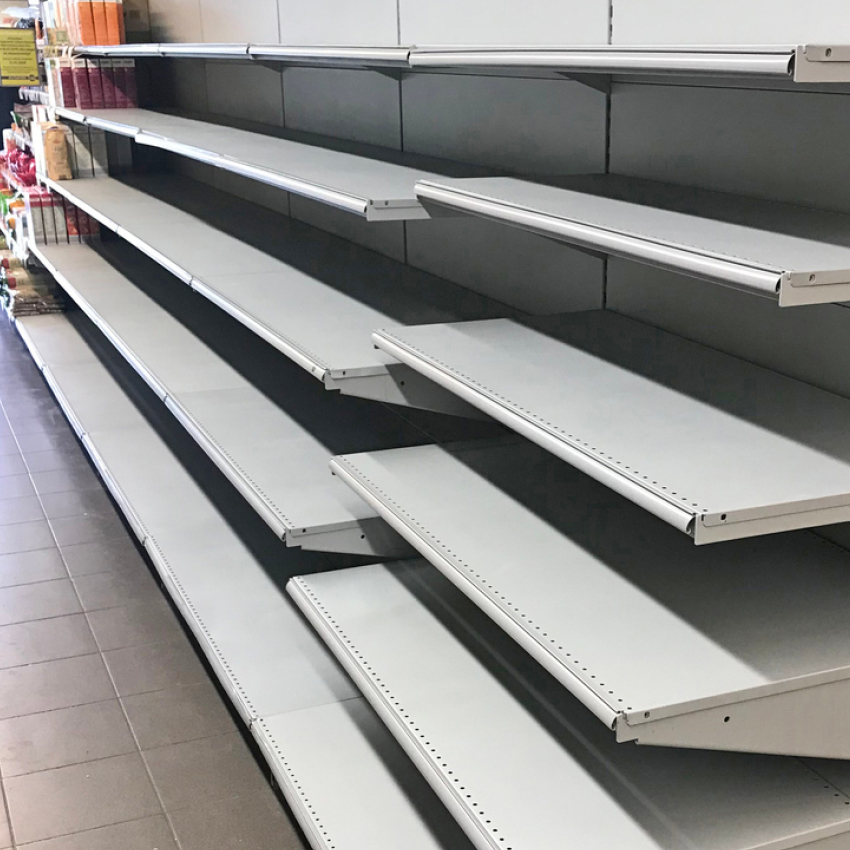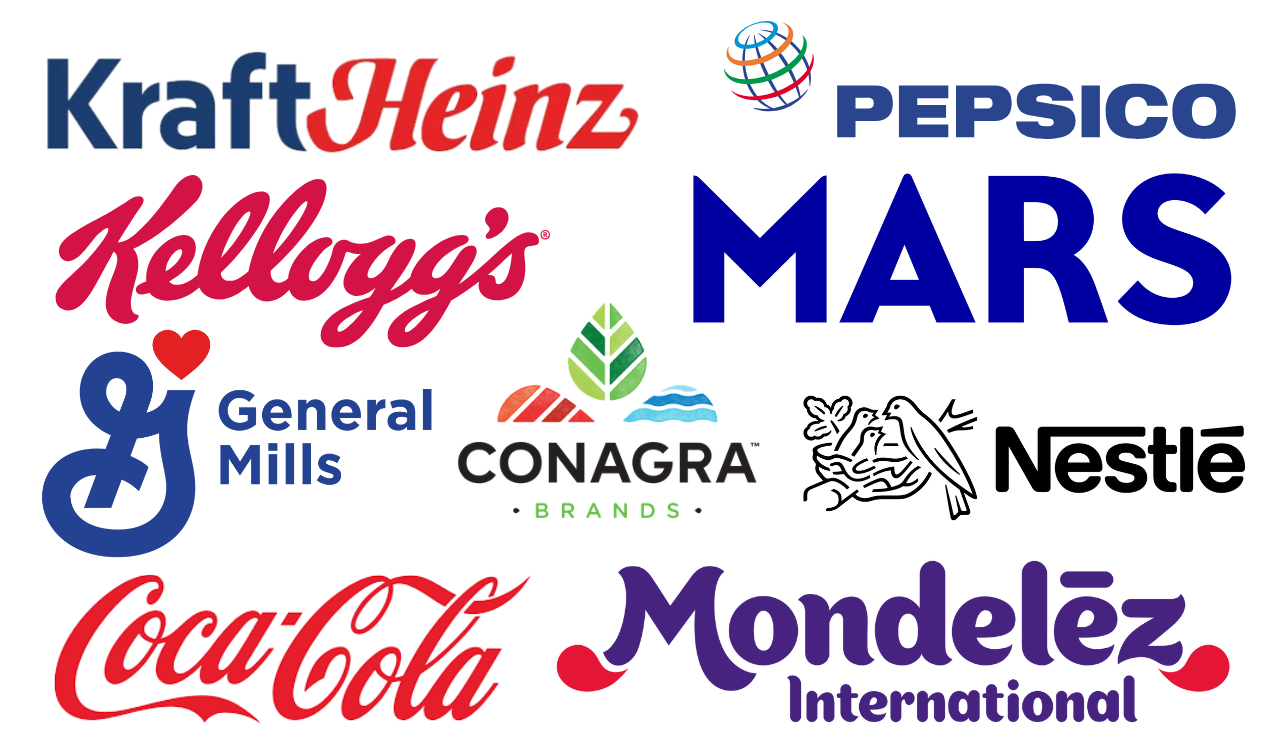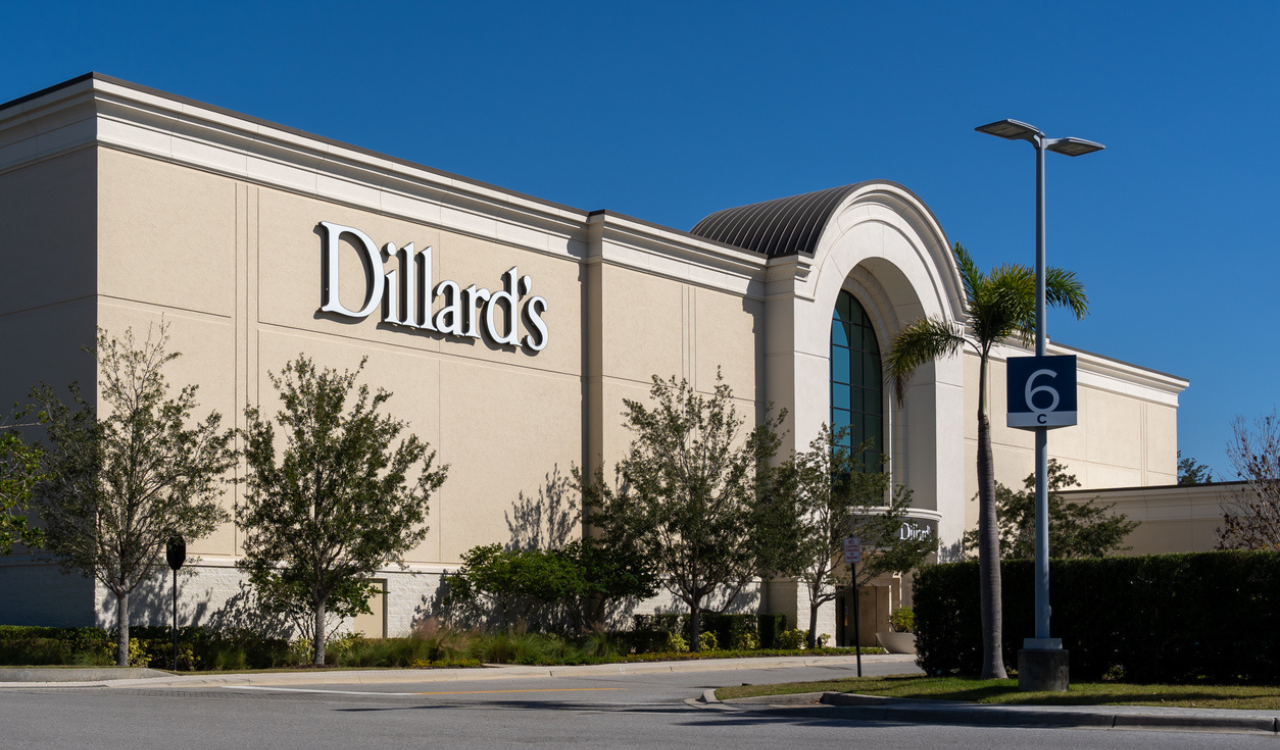Is it time to panic?
The answer isn\’t farther than your nearest supermarket. You\’ll find that shoppers are voting with their shopping carts. Driven by the fear of being quarantined inside for who knows how long to shelter against coronavirus, they\’re stripping shelves bare of shelf-stable items such as rice, canned goods, cleaning supplies, paper goods, bottled water and just about anything that can be easily stored for future use.
It all started with the recommendation of increased personal sanitation, such as frequent hand washing and the use of hand sanitizer. That triggered shortages of sanitizers and paper goods. From there, the fear of more shortages grew in tandem with scary news developments broadcast by the moment about the depth of the crisis in other countries and parallel developments in this country.
Couple all that with murky governmental announcements that denied the obvious for a while, and perfectly rational people went on panic-driven pantry-stuffing shopping excursions.
Will It All Run Out?
But the real question is, are stores destined to eventually run out of everything, or will shelves be restocked soon and at least the food-shopping element of life can return to some semblance of normality? Part of the answer has to do with public-relations efforts that, to be charitable, might have some benefit by alleviating consumers\’ fears and stem panic buying.
Let\’s begin with President Trump who hosted a conference call over the weekend with numerous high-ranking food-retailing executives. The aim was to set up Trump with the ammunition he needed to convince Americans that food shortages wouldn\’t last long and to urge Americans to stop hoarding, which he did.
If the government were a conventional corporation it would have been obliged to declare Chapter 7 long ago.
Food retailers on the call included those from Whole Foods, Hy-Vee, Costco, Publix, Kroger, and Albertsons. Manufacturers on the call included executives from Campbell, Tyson and Cargill.
Some were also present in person as he summoned business leaders to join him in the Rose Garden as he declared national emergency because of the spread of the virus. Included were mass merchants and drug chains.
After promising that \”no [governmental] resource would be spared,\” Trump asked high-ranking retail executives to state what they could do. Walmart president and CEO Doug McMillon said a portion of some Walmart parking lots could be used for drive-in testing of individuals that might have the disease, should such a capability emerge. Further, he acknowledged that keeping cleaning supplies, paper goods and hand sanitizers in stock would remain a challenge since they sell out as soon as they\’re put on the shelf.
Target chairman and CEO Brian Cornell said that the retailer sought to stay open and provide a safe shopping environment. Similar platitudes came from executives of CVS, Walgreens and other business leaders.
Kroger\’s Buying Limits
Separately, Kroger CEO Rodney McMullen issued a statement of support to employees. More tangibly, Kroger has implemented a policy of giving any employee who contracts the virus two weeks of pay during their recuperation period. Two Kroger employees have been diagnosed with the malady. This can be reassuring to Kroger workers who have some guarantee that they won\’t suffer an income penalty for missing work.
Kroger has also limited the sales to any consumer of cold, flu and sanitary products to prevent sellouts of the items. More buying limits like those are needed. And Kroger is trimming store hours by closing overnight so stores can be stocked and cleaned.
Kroger is far from alone. Many other retailers, including Walmart, are doing the same. In the Northeast, Stop & Shop supermarkets are not only shortening operating hours, but are setting aside the hours of 6:00 a.m. to 7:30 a.m. for shoppers 60 years old and older only. That idea was quickly replicated by numerous other retailers including Albertsons, Target, Whole Foods, Dollar General and more. Look for this approach to spread widely.
These efforts represent very good customer-facing gestures but do little more than nibble around the edges of bigger problems. Of course, the best way to cure the shortage problem is to actually end product shortages. But how to do so?
Long Distribution Chain
That brings us to a long chain of events.
To begin with, food and consumables manufacturers must produce more. Some have taken practical steps to limit SKU proliferation and produce more of basic products. Take bleach, for example. It\’s sold in bottles of various sizes holding product both scented and unscented. Output can be enhanced by manufacturing product in one-size bottle and one content formulation, which is already happening. The concept can be replicated for everything from canned goods to potato chips – make more of the core product and forget about line extensions.
Once manufactured, product usually moves to a distribution center of a wholesaler, or a DC under the ownership of a retailer. Product is received at the DC by truck or rail, then put away in storage racks alongside many thousands of other products. Upon receipt of an order from a supermarket, hundreds of different products are withdrawn from racks in comparatively small batches, loaded into trucks and taken to the supermarket.
All this is highly laborious. In times of high consumption, such as now, much product can and should bypass the DC and go directly from a manufacturer to a store. This is known as DSD – direct store delivery. DSD works well for high-volume stores and for products that sell quickly. DSD can subtract days from the time it takes to get product to a store. Disposable paper goods of all types are good DSD candidates. U.S. paper mills are already up to full production capacity, so shortening the amount of time product spends in the distribution chain can help a lot.
Of course, DSD works less well for small supermarkets, although there are cross-dock facilities that can help. At such facilities, fast-moving product is received at one side of the dock then divided into smaller loads that are immediately loaded into trucks for transport to retail venues. No product storage is involved. None of these measures work well for slow-moving product.
\”There\’s Plenty of Food in the Country\” sang a reassuring headline in the New York Times. To a great extent, that\’s true – the supply chain is still functioning, and as restaurants and cruise lines along with school and workplace cafeterias shut down, much more product will be liberated that can be directed to supermarkets. But product needs to both sufficient and find its way quickly into consumers\’ baskets.
When that happens faster, shortages should diminish.
Is That All There Is?
Although there\’s hope that certain product shortages can be overcome, let\’s not get too optimistic. In the near-term future, there\’s almost without doubt a Great Recession such as the one of 10 years ago in the offing. There\’s also the possibility that a Great Depression such as that of the 1930s will return.
After all, when enterprises of all types shut down, where will people work? How will they generate funds to buy products they need? Already it\’s possible that unemployment will go to 25 percent. Those dependent on investment income are just about out of luck too.
And what of store personnel? If they become ill in great numbers, how will even essential-service stores operate at all? And hospitals?
There are proposals now that the Federal Government should pour billions of dollars into distressed industries, such as airlines. As generally happens, profits generated by critical services are privatized; losses are socialized.
There\’s also the prospect that governmental funds will be sent directly to people to offset their own financial shortfalls. That\’s all to the good, except that the government itself is quite financially distressed because of low taxation rates, which lead to indebtedness. If the government were a conventional corporation it would have been obliged to declare Chapter 7 long ago. The debt load can only be exacerbated by bailouts of various sorts, especially when the perceived solution to nearly all problems involves reduced taxation. The U.S. can\’t sop up all the liquidity in the world.
Sovereign debt can be serviced or expunged by printing money, but at the expense of making currency next to worthless. Let\’s hope that the outlook for all of us, and all business forms is not as dire as this.





